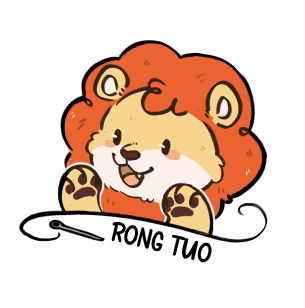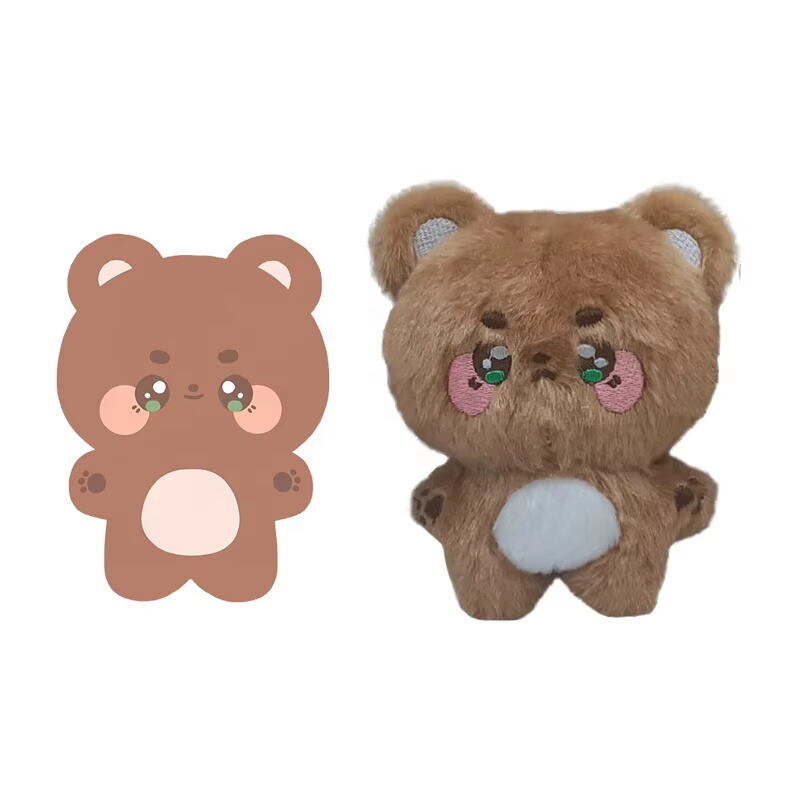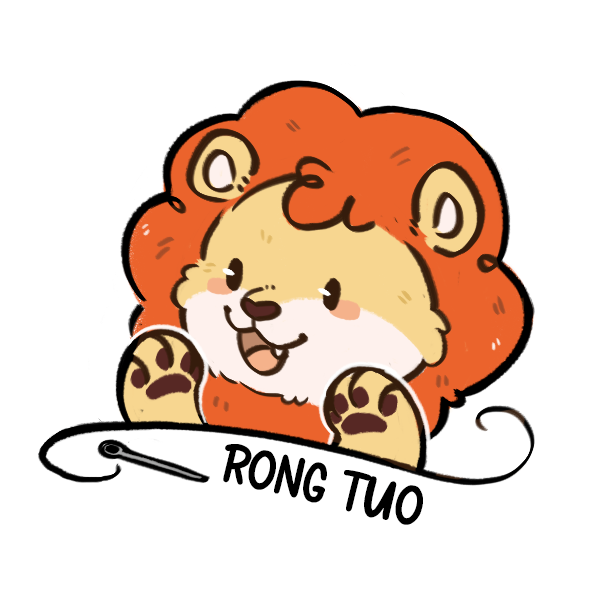הבנת בחירת בובות פרווה בטוחות לילדים רגישים
בחירת בובות פרווה לילדים עם אלרגיות מחייבת שיקול דעת זהיר ותשומת לב לפרטים. הורים ואופקדים צריכים לבחון מגוון חומרים, תהליכי ייצור ותעודות ביטחון כדי להבטיח שהקטנים יוכלו להינות מחברות רכות מבלי להפעיל תגובות אלרגיות. השוק הגובר של בובות פרווה היפואלרגנטיות מציע מגוון אפשרויות, אך הבחירה הנכונה מחייבת הבנה של גורמים ספציפיים שתרמו לבטחה ורלוונטיות של הבובה.
ילדים נמשכים באופן טבעי לצעצועים רכים וחיבוקיים, ולכן חשוב למצוא אלטרנטיבות שמספקות נוחות תוך שמירה על הבריאות והرفاهות שלהם. טכניקות ייצור מודרניות התפתחו כדי ליצור בובות פרווה שפותחו במיוחד לילדים עם רגישויות, תוך שימוש בחומרים ובתהליכים שמזערים את הסיכון לתגובות אלרגיות.
חומרים חיוניים ושקולות בתהליך הייצור
בחירת בדים בטוחה
בסיסו של בובות צמרר היפوالרגניות נמצאת בבחירת חומרים זהירה. פשתן אורגاني מבליט את עצמו כאפשרות מובילה, שכן הוא מגדל ללא שימוש בpesticides וחומרים כימיים שיכולים להרגיז עור רגיש. בדים המגיעים מהבמבוק מציעים חלופה מצוינת נוספת, תוך מתן תכונות אנטי-מיקרוביאליות טבעיות תוך שמירה על רכות רבה למגע.
חומרים סינתטיים איכותיים כמו מיקרו סיבי פוליאסטר יכולים גם כן לשמש כאפשרויות מתאימות כאשר מיוצרים כראוי. חומרים אלו עוברים תהליכי ניקוי קפדניים ועיבודים כדי להסיר חומרים ממריצים פוטנציאליים, ומכך הופכים אותם לבטוחים עבור ילדים החשים אלרגיות. המפתח הוא בבחירת צעצועים שמיוצרים מחומרים היפואלרגניים המאומתים שעברו בדיקה לאלרגנים נפוצים.
בטיחות החומר הממלא
החומר הפנימי בצעצועים רכים היפואלרגניים משחק תפקיד מרכזי בביטחון הכללי שלהם. יצרנים רבים משתמשים כיום בסיבי פוליאסטר מיוחדים שטופלו כדי להתנגד לאבק הבית ולמזונות נפוצים אחרים. אופציות יוקרתיות יותר מכילות חלופות טבעיות כמו סיבי קפוק או צמר שעבר טיהור ועיבוד כדי להתאים אותו לאנשים עם רגישות אלרגית.
גם הצפיפות והאיכות של החומר הפנימי חשובים, שכן מילוי נכון מונע היווצרות כיסים בהם עלולים להצטבר מזונות. יש לחפש צעצועים עם חלוקת מילוי אחידה וכן שמוחזקים בצורה גם לאחר שטיפה חוזרת.
תקנים ואישורי איכות
תעודות בטיחות
בעת קניית צעצועי פליש היפوالרגניים, יש תעודות המבטיחות את הבטחה ואת האיכות. תעודת OEKO-TEX Standard 100 מציינת שכל רכיבי הצעצוע נבדקו על מנת לוודא שאינם מכילים חומרים מזיקים. באופן דומה, תעודת GOTS (Global Organic Textile Standard) מבטיחה שматריאל האורגני עומד בקריטריונים סביבתיים וחברתיים קפדניים.
רבות מחברות ייצור מובילות מות תעודות נוספות המותאמות לצעצועים המיועדים לילדים, כגון סימן ה-CE באירופה או תקני הבטחה של ASTM International בארצות הברית. תעודות אלו מוכיחות שהמוצרים עומדים בדרישות הבטחה ובדיקות קפדניות.
תקני ייצור
הסביבה שבה מיוצרים הצעצועים תורמת רבות לייצור צעצועי פליש היפوالרגניים אמיתיים. יצרנים מובילים שומרים על תנאים של חדרים נקיים במהלך תהליך הייצור, כדי להפחית את החשיפה למזהמים פוטנציאליים. הם מנהיגים אמצעי בקרת איכות קפדניים לאורך כל תהליך הייצור, החל במבחור החומרים וכלה בחבילת הסופית.
בדיקות שגרתיות וتوثيق תהליכי ייצור מבטיחים תקן איכות ובטיחות עקבי. זה כולל פיקוח על איכות האוויר במבני הייצור, יישום פרוטוקולים נאותים לאחסון, ושימור רישומים מפורטים של מקורות החומרים ושיטות העיבוד.
הנחיות לתחזוקה ואחרות
פרוטוקולי ניקוי
שמירה תקינה של צעצועי פליס היפوالרגניים היא הכרחית לצורך בשמירה על היתרונות הביטחוניים שלהם. כיבוס שגרתי בשיטות המתאימות עוזר להסיר אבק מצטבר, אלרגנים, וחומרים מרגיזים אחרים. ברוב המקרים, צעצועי פליס היפואלרגניים ניתנים לכיבוס במכונה, אם כי ייתכן שמומלצים הגדרות טמפרטורה מסוימות וסוגי חומרי כיבוס מסוימים.
מומלץ לשטוף צעצועים חדשים לפני השימוש הראשון כדי להסיר שאריות של חומרים כימיים משניוכם או אבק מאריזה ואחסון. הקמת מערכת שטיפה שגרתית עוזרת לשמירה על תכונות ההיפואלרגניות של הצעצוע ומעודדת את משך חייו.
פתרונות אחסון
נוהלי אחסון נכונים מונעים הצטברות של אבק ואלרגנים בין שימושים. מיכלים או שקיות אטומים יכולים להגן על צעצועי קטיפה היפואלרגניים כאשר אינם בשימוש. שקלו להשתמש באזורי אחסון עם לחות מבוקרת כדי למנוע צמיחת עובש או טחב, אשר עלולים לפגוע בתכונות ההיפואלרגניות של הצעצוע.
בדיקה תקופתית של אזורי האחסון והמיכלים מבטיחה שמירה על ניקיון ועוזרת לזהות כל בעיה פוטנציאלית לפני שהיא משפיעה על הבריאות של הילד. סיבוב הצעצועים יכול גם הוא לסייע בניהול החשיפה ולהאריך את חיי השימוש שלהם.
שאלות נפוצות
באיזו תדירות יש לכבס צעצועי פליש היפואלרגניים?
צעצועי פליש היפואלרגניים יש לכבס אחת ל-2–4 שבועות עם שימוש רגיל, או בתדירות גבוהה יותר אם הם מלוכלכים למראה או אם הילד סובל מאלרגיות חמורות. יש לעקוב תמיד אחרי הנחיות הטיפול של היצרן כדי לשמור על תכונות ההגנה של הצעצוע.
אילו חומרים יש להימנע מהם בצעצועי פליש עבור ילדים אלרגיים?
הדורי מצעים פרווה המכילים סיבים טבעיים כמו צמר (אלא אם הועברו לעיבוד מסוים), חלק מהחומרים המלאכותיים הידועים על שומרים על אלרגנים, וכן כל מצעים עם ריחות מלאכותיים או עיבודים כימיים. כמו כן, היזהרו ממצעים המכילים רכיבים מלטקס או каוצ'וק.
האם מצעים היפואלרגניים פרווה יכולים לאבד את תכונות ההגנה שלהם עם הזמן?
למרות שמצעים פרווה היפואלרגניים איכותיים מיוצרים כך שיתקבלו לאורך זמן, תכונות ההגנה שלהם עשויות לקטון עקב שימוש ממושך או טיפול לא נכון. ניקוי תכוף, אחסנה מתאימה, ומעקב אחר הנחיות היצרן בנוגע לשמירה עוזרים להאריך את תכונות ההיפואלרגניות שלהם.


